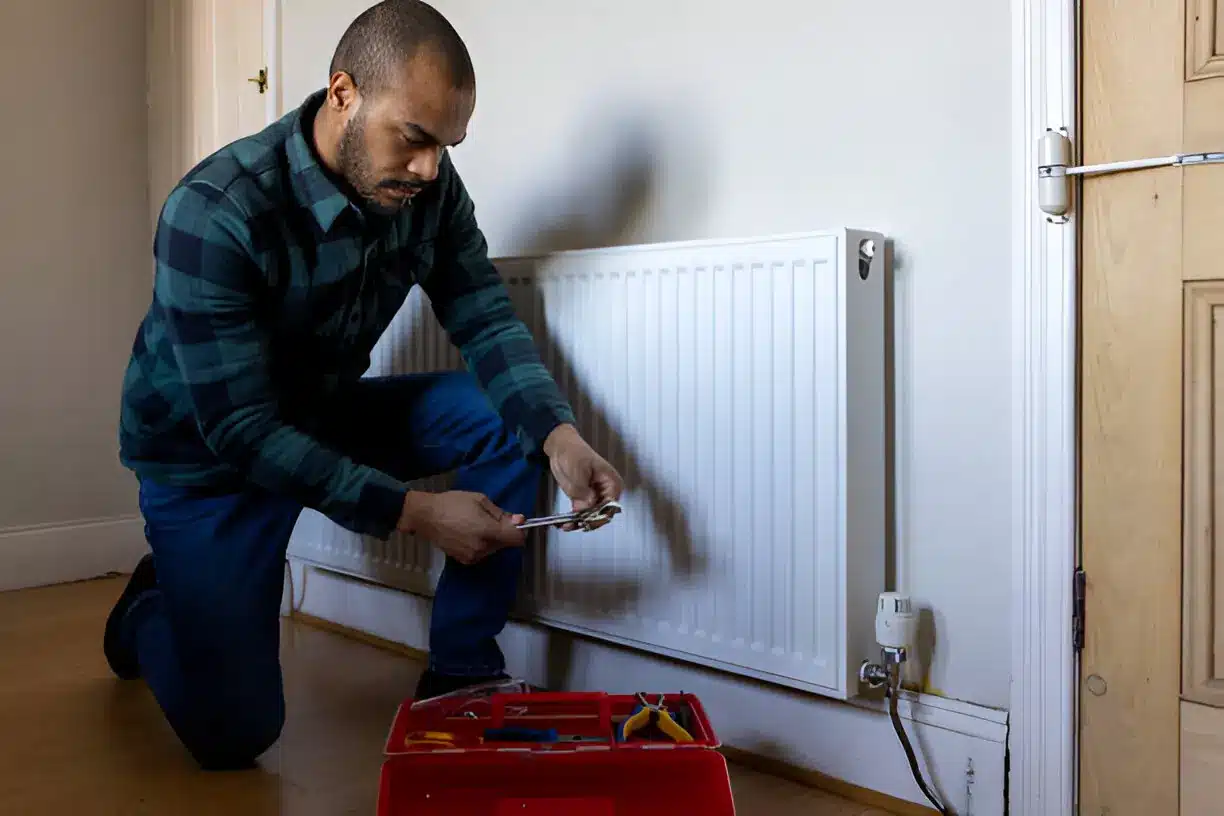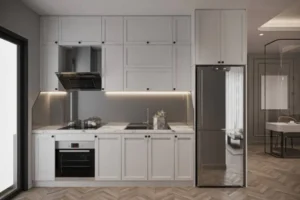The Rise of DIY Climate Control
An increasing number of homeowners are discovering that managing their indoor environment no longer requires deep technical know-how or expensive contractor visits. This shift is largely thanks to innovative HVAC solutions designed for self-installation, such as the DIY mini split which has made advanced heating and cooling accessible to everyone, from DIY veterans to eager first-time renovators. These systems are engineered for easy assembly, often featuring pre-charged lines and modular parts, which transform what was once a daunting task into a project within reach for most people with basic tools.
As living spaces evolved in response to recent global events, more people started working from home, prompting a surge in demand for customizable temperature control. Not only have homeowners looked for ways to make their homes more comfortable, but they’ve also begun to seek greater autonomy over projects and budgets. National trends, highlighted in industry news on DIY HVAC market trends, reveal that this growing trend is here to stay, making DIY HVAC upgrades a fixture in the home improvement landscape rather than a fad.
Cost Savings Potential
Budget-conscious homeowners are seeing impressive savings by opting for the DIY route in climate control. Where traditional HVAC installations can incur costs of up to $7,000, a significant portion of this expense is attributed to labor and scheduling constraints, which can add up to $1,000. By opting for a high-quality, self-installed unit, families are consistently slashing overall project costs—sometimes by thousands of dollars. That extra savings can fund other upgrades or offer peace of mind.
Beyond the direct dollar amount, DIY climate control projects equally trim time costs. Instead of waiting weeks for a contractor’s availability, homeowners can upgrade their comfort on their schedule—some tackling their installation over a single weekend. Many people appreciate this flexibility, whether they’re accommodating remote work, preparing for seasonal changes, or simply acting on inspiration. Additionally, choosing energy-efficient options can lead to long-term reductions in monthly energy bills, thereby compounding overall savings for many years to come.
Spotlight on Energy Efficiency
As environmental awareness grows, energy efficiency is fast becoming a must-have feature in home improvement projects. DIY systems are at the forefront, offering high SEER (Seasonal Energy Efficiency Ratio) ratings, tight insulation designs, and integrated technology for smart management. Many of today’s units provide real-time monitoring via apps, scheduling features offer the ability to adjust output on the fly, allowing users to fine-tune performance and reduce waste, and enabling evolution directly benefits the wall and minimizes the environmental impact, with some users reporting a drop of up to 20% in their annual heating and cooling costs following a smart upgrade.
Industry data from the U.S. Department of Energy underscores the benefits of replacing aging systems with modern, efficient options. Not only do efficient systems lower carbon footprints, but they also maintain consistent comfort and improve air quality, making homes safer and more pleasant, especially important for households with children, elderly individuals, or adults, or anyone sensitive to temperature fluctuations.
What Makes Systems User-Friendly?
Accessibility is central to the DIY climate control movement. Newer products are thoughtfully designed with clear, illustrated manuals, color-coded connectors, and online video demonstrations. These features help demystify even complex steps, inviting both novices and seasoned DIYers to the table. For example, pre-charged refrigerant lines bypass the need for specialized HVAC vacuum pumps, while plug-and-play electrical connections reduce wiring headaches.
Many manufacturers have cultivated active user communities and robust customer support networks. If someone hits a snag, a solution is usually just a quick search or call away. Home improvement forums, social media groups, and official support websites are thriving spaces where individuals can share tips, celebrate milestones, and troubleshoot any hiccups together. This supportive culture transforms what can feel like an intimidating task into a collaborative and empowering process that elevates the DIY spirit.
Safety First: Tips and Guidelines
Tackling a home project that involves electricity and pressurized refrigerants requires care and respect for safety protocols. DIYers are encouraged to invest in quality safety gear: gloves rated for chemical resistance, protective eyewear, and insulated hand tools. Maintaining a tidy workspace and eliminating tripping hazards reduces the risk of accidents. Additionally, most climate systems are designed with safeguards such as automatically locking fittings and marked circuit shut-offs for added protection.
Regulations can vary by location, so it’s essential to ensure compliance with local laws, especially when working with refrigerants or performing any electrical modifications. Taking the time to read through the complete installation guide before starting is crucial. If confusion arises, pausing to research or contacting tech support is the best approach—never rush through critical steps. This commitment to careful, informed work helps turn DIY upgrades into a safe, successful venture.
Adapting to Your Home’s Climate
Climate control challenges vary across regions, and DIY systems offer versatility to suit specific conditions. These systems feature customizable airflow, humidity control, and air purification. Before purchasing, consider factors such as home size, ceiling height, insulation, and exposure to direct sunlight. Consulting local weather trends and reading user testimonials can provide practical insight. This tailored approach prolongs equipment life and ensures consistent comfort, regardless of weather conditions.
Step-by-Step Tips for Installation
- Assess your needs: Evaluate the layout and size of your space to select a system that is compatible with your space.
- Prepare before you start: Watch the video system tutorials along with your space review manuals to thoroughly understand each step ahead of time.
- Check your kit: Confirm every part and tool is on hand before you begin to avoid mid-project surprises.
- Follow instructions closely: Complete each step methodically, prioritizing safety instructions and double-checking connections to ensure accuracy.
- Ask for backup: Enlist a partner for any lifting or alignment tasks that may require a second set of hands.
- Test thoroughly: After setup, run a full system test and utilize the built-in diagnostics to identify and address any potential issues before routine use.
- Stay organized: Register the warranty, and keep documentation and receipts in a dedicated folder for future upkeep or warranty claims.
Final Thoughts on DIY Comfort
DIY climate control is revolutionizing the home-building process, offering homeowners the opportunity to save money, build skills, and build independence. Environmental concerns, budget constraints, or a desire for hands-on work drive this approach. Self-installed climate solutions offer personalized comfort for nearly everyone, transforming the way people interact with their homes and fostering a sense of investment, achievement, and pride. With current resources and innovations, achieving lasting indoor comfort is achievable for almost every household.
Read more: How State Laws Affect Your Auto Insurance Needs
What to Know About Vasectomy: Decisions, Procedures, and Recovery
Cross-Border Freight Shipping: Expert Tips for Efficiency and Cost Control










